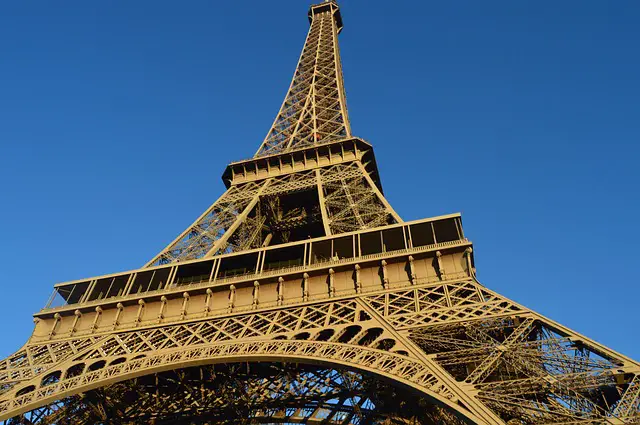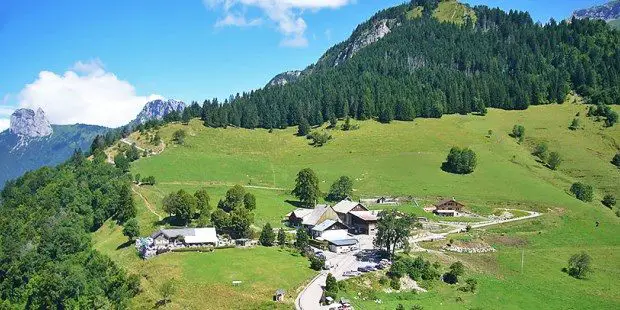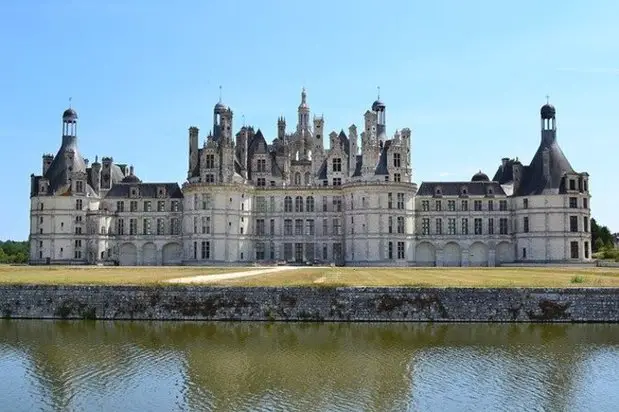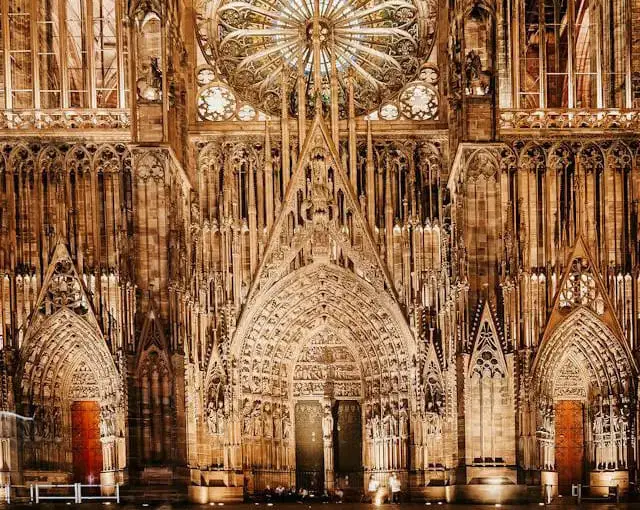The Palace of Versailles (Château de Versailles), with its 2,300 rooms spread over more than 63,000 square meters, is one of the largest and most iconic palaces in the world. A former residence of the kings of France, it symbolizes the French monarchy. Its famous Hall of Mirrors, Royal Opera, and vast gardens make it a must-visit destination, attracting over 7 million visitors annually. Here is the ultimate guide to preparing your visit: access, hours, prices, must-sees, and recommendations.
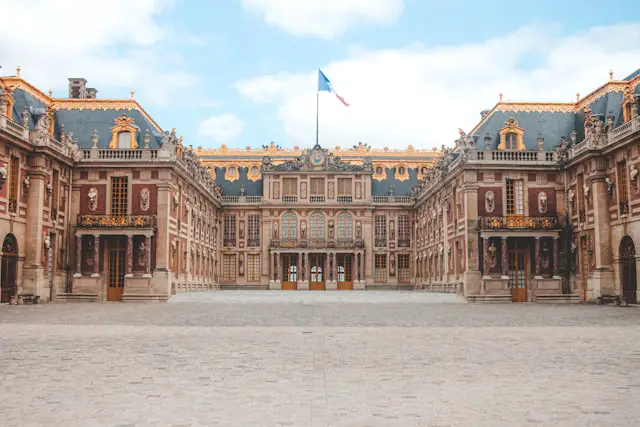
Table of Contents
Location and Access
The Palace of Versailles is located in the commune of Versailles, in the Yvelines department, 16 km southwest of Paris. The Domaine of the Palace of Versailles includes the palace, gardens, park, and the Trianon estate.
Getting There:
- By Train:
- RER C: Versailles Château Rive Gauche station, a 10-minute walk. The RER C runs about every 15 minutes, and the journey from Paris takes about 40 minutes if you leave from the Eiffel Tower area. Prices vary depending on your departure station.
- SNCF: From Montparnasse station to Versailles Chantiers station (20-minute walk to the Château) and from Saint-Lazare station to Versailles Rive Droite station (17-minute walk to the Château). The ticket costs between 3€ and 4€. Trains run about every 15 minutes.
- Tip: Buy two tickets (round-trip) from your station to Versailles in the morning to avoid queues in the evening.
- By Bus:
- Shuttle from the Eiffel Tower: Available from Tuesday to Sunday. For more information, visit this site.
- Line 171: From the Pont de Sèvres (terminus of metro line 9), about 1 hour with a bus every 5 minutes. The ticket price is 1.90€.
- TRI Bus: Tours the Versailles stations and drops you off in front of the Château.
- By Car:
- From the A13 motorway, take exit No. 5 towards Versailles Centre and follow signs to the Château de Versailles. Several parking options are available:
- Place d’Armes in front of the Château.
- Alternative parking in the city, often cheaper.
- Tip: Avoid parking on Place d’Armes due to the high cost; prefer parking lots in the city.
- From the A13 motorway, take exit No. 5 towards Versailles Centre and follow signs to the Château de Versailles. Several parking options are available:
Access to the Palace of Versailles
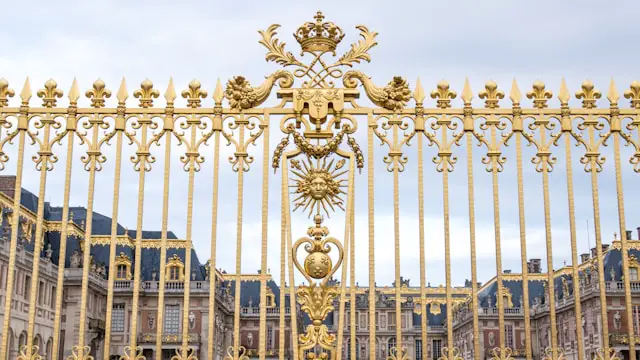
Let me start with this interactive map to help you find your way around.
Then, to access the Palace of Versailles, follow these steps:
- Main Entrance: Pass through the Honor Gate to arrive in the Honor Courtyard.
- Main Ticket Office: To the left.
- Royal Gate: Covered in gold leaves, directly in front.
- Entrance A (Dufour Pavilion): For visitors with tickets and those eligible for free admission.
- Entrance B (Gabriel Wing): For groups.
Access to the Gardens:
- Entrances via the Princes’ Courtyard, Dragon Gate, Neptune Gate, Little Venice Gate, or Menagerie Gate. Here’s a small map of the Château and Gardens.
Access to the Park:
- Entrances via the Queen’s Gate, Saint-Antoine Gate, and Sailors’ Gate.
Access to the Trianon Estate:
- On foot from the Château (30 minutes) or via the same entrances as the Park. I’ll slip you a little map here too.
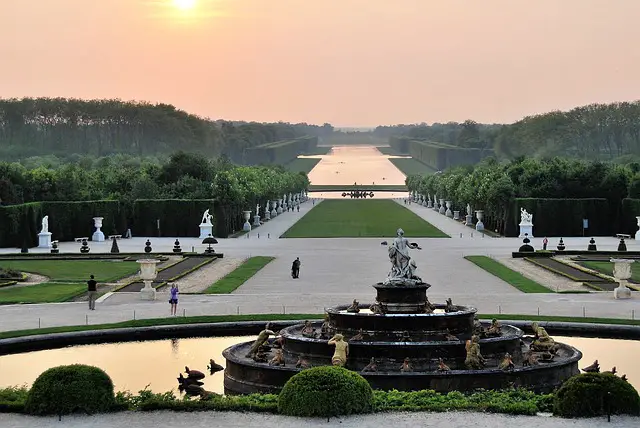
Hours and Prices
High Season (April to October):
- Château: Open every day except Monday and May 1st from 9 am to 6:30 pm (last admission at 6 pm).
- Gardens: Open daily from 8 am to 8:30 pm (last entry at 7 pm).
- Park: Open daily from 7 am to 8:30 pm (last entry at 8 pm).
- Trianon Estate: Open daily except Monday and May 1st from 12 pm to 6:30 pm (last admission at 6 pm).
Low Season (November to March):
- Château: Open every day except Monday, December 25th, and January 1st from 9 am to 5:30 pm (last admission at 5 pm).
- Gardens: Open daily from 8 am to 6 pm (last entry at 5:30 pm).
- Park: Open daily from 8 am to 6 pm (last entry at 5:30 pm).
- Trianon Estate: Open daily except Monday and May 1st from 12 pm to 5:30 pm (last admission at 5 pm).
Prices:
- Passport (complete access): 24€ in low season, 32€ in high season.
- Château Ticket: 21€.
- Trianon Estate Ticket: 12€.
- Musical Gardens: 10€ (9€ reduced rate).
- Musical Fountains Show: 9.50€ (8€ reduced rate).
- Free Admission: For under 18s, under 26s residing in the EU, teachers with a valid Education Pass, people with disabilities and their companion, job seekers, and social assistance beneficiaries (with proof).
Prices are also available on the Palace of Versailles website.
Best Time to Visit
The high season from April to October is ideal for enjoying the gardens in bloom, fountains, and special events like the Musical Gardens and Musical Fountains Show. However, it is also the busiest period. For a quieter visit, the low season (November to March) is recommended, although the gardens are less spectacular and the weather less pleasant.
Free audio guides are available in 11 languages (French, English, German, Spanish, Italian, Russian, Mandarin-Chinese, Japanese, Portuguese, Korean and Polish) for ages 8 and up. A children’s version is also available in French.
Free apps for the Château, gardens and Domaine de Trianon are on the App Store and Google Play, offering an audio guide, interactive map and geolocation.
Find out more about the different themed tours offered around the estate here, with approximate durations given for each tour.
Book a tour of the Trianon here.
Tip: Book your ticket online and arrive before 9 am to avoid the crowds. During the high season, bring a picnic for lunch as on-site dining can be expensive.
Must-Sees
- Hall of Mirrors: 73 meters long, adorned with 357 mirrors. Used by the king to reach the queen’s apartments and the site of significant historical events.
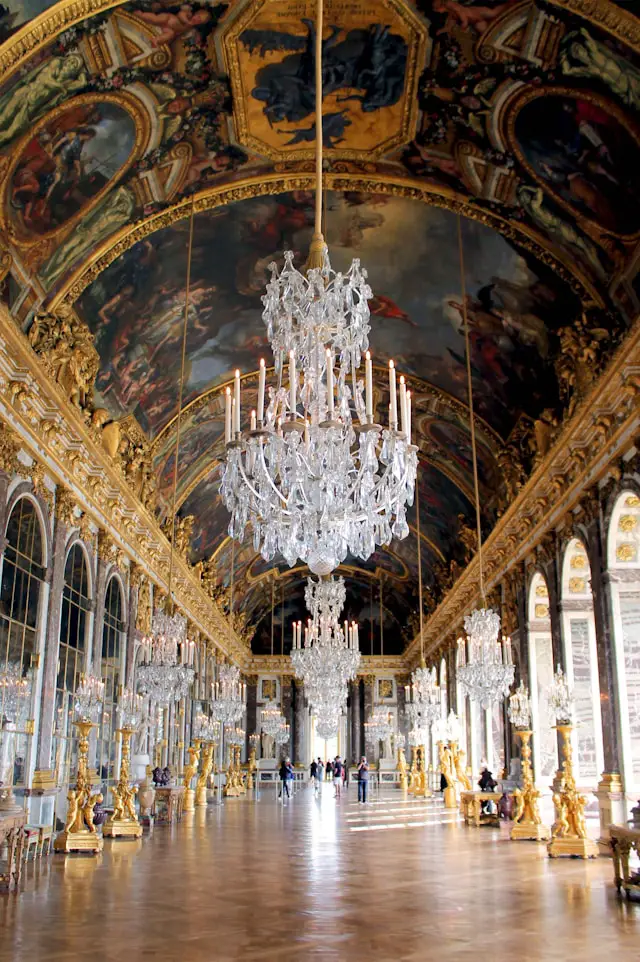
- Ballroom Grove: The only grove to have been almost unchanged since its creation by André Le Nôtre between 1680 and 1683. Features a fountain in the shape of an amphitheater.
Voir cette publication sur Instagram
- Queen’s Hamlet: Commissioned by Marie-Antoinette to recall a more rustic lifestyle. Composed of 12 cottages.
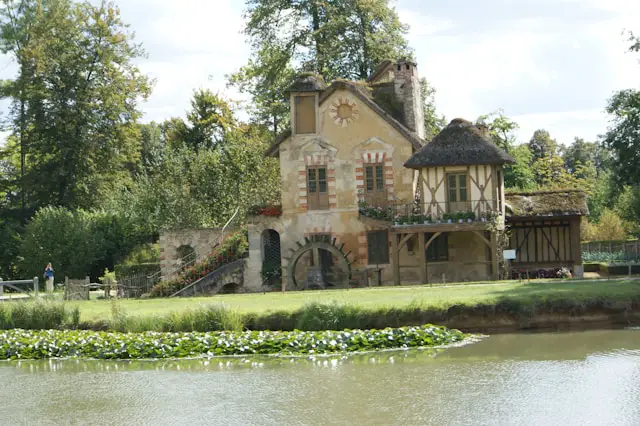
- Coach Gallery: Museum showcasing various 19th-century carriages. Open opposite the Château, free for all.
Voir cette publication sur Instagram
- Royal Chapel: Built on two levels, featuring a magnificent painted ceiling and a grand organ used during the king’s mass.
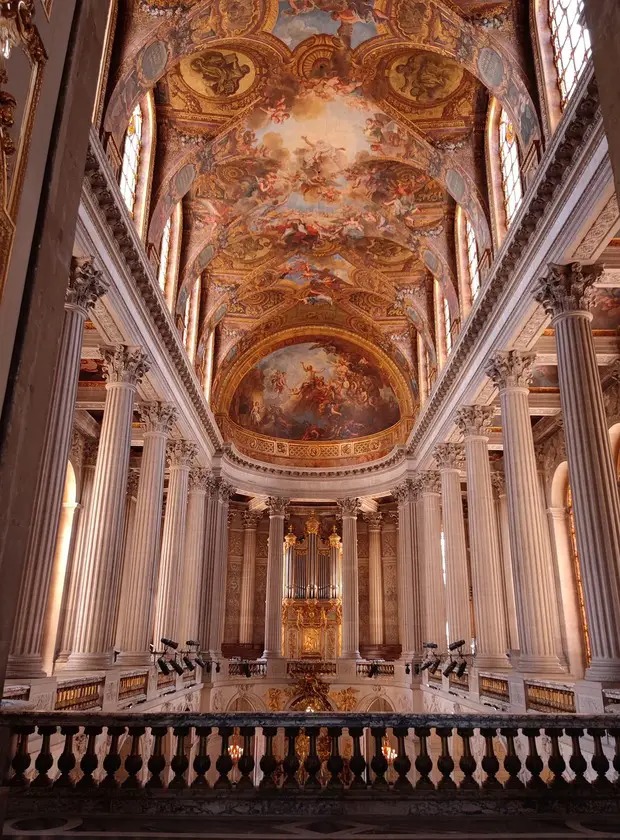
Recommendations
- Photos: Allowed without flash. Selfie sticks are prohibited. Photos are forbidden in temporary exhibitions unless stated otherwise.
- Children: Use strollers without metal frames. Baby carriers with metal frames are not allowed.
- Safety: Beware of pickpockets, especially in crowded areas like the Hall of Mirrors.
- Comfort: Wear comfortable shoes as the visit involves a lot of walking, especially in the gardens.
My Take: Spending a day at the Palace of Versailles will not disappoint. The fairy-tale decor and the long green alleys of the gardens will provide an unforgettable experience.
I aim to share my tips and recommendations for the beautiful country of France. My goal is to help you plan your next adventure, whether it’s a weekend getaway or a once-in-a-lifetime trip. From finding the best hotels and restaurants, to discovering unique activities and sights, I’ve got you covered!

